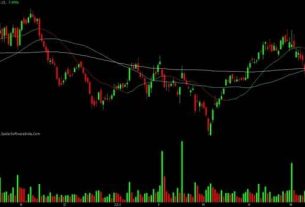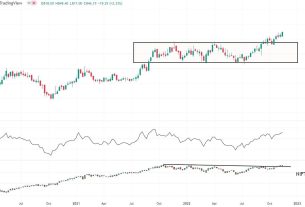
The recent consolidation was highly awaited, which, we believe, will help the market to develop a positive long-term trend. We believe in the buy-on-dip strategy as the long-term trend of the economy is stable, with a strong upside in earnings growth, supported by global and domestic fiscal-monetary policy, and the reforms that have been undertaken.
We have to accept the fact that volatility will prevail in 2021 after the above-average performance seen over the last year. Though volatility will be high, the performance of the market will be positive, supported by more than the anticipated uptick in the economy.
From a broad-based rally, we will move to stock-specific movement, as there are many pockets that are cheaper compared to the broad market. In the macro and broad-based sense, a fall in inflation and bond yield with good earnings growth will provide relief from consolidation sentiment.
As expected, volatility increased during the year due to rising inflation and bond yield. But the market continued to trade positively in January and February in anticipation of the biggest fiscal stimulus in US history and a surprisingly progressive Budget in India.
The risk of high inflation and interest rates has reduced to an extent after the latest Fed meeting. This was due to an evergreen long-term accommodative stance and the fact that inflation will remain high in the short-term, supported by the base effect.
Nevertheless, high inflation is required by a pandemic-hit economy to revive faster but will reduce in the future as the economy normalises in the long term.
High volatility had triggered consolidation in the year. The recent sudden surge in the coronavirus infection in Europe and India triggered a larger downside to the consolidation because it is expected to impact the future rate of recovery.
However, the reduction in world GDP growth is likely to have a marginal effect on India. So, a fall in the rate of infection will quickly stabilise the market.
From the 52-week high to the recent low, the Nifty has corrected by about 8 percent. Its one-year forward P/E has reduced by ~10 percent from 22x to around 20x but is still on the higher side compared to the five-year average of 16-17x.
It is highly likely that the phase of consolidation will continue in the short-term. Having said that, the valuation is likely to trade at a premium level during this pandemic period. It may normalise in the coming one to two years based on the pace of vaccination, the rate of recovery and further fiscal and monetary supports.
To make valuation more relevant to the future performance, we have to review it with the growth forecast compared to the historic valuation, growth, and industry outlook.
Based on this, largecaps are looking more attractive to trade and invest in this consolidation phase. The sectors that are looking attractive are industrials, infra, telecom, IT, pharma, and private banks. Smallcaps will be hit the most during this consolidation. So, trade should be cautious and book out of expensive stocks and wait to buy till the broader market stabilises.
Long-term investors can hold mid and smallcaps, since they started to benefit from the reopening of the economy but one needs to be stock-specific than the broad-based benefit we had in the last 12 months.
Value picks will develop as a good theme to identify stock ideas based on historic and peer analysis. Future growth themes like green energy, divestment, PSUs, pharma, IT and chemicals will also have an edge. Buying on dips will be the best strategy in an expensive and progressive market, and large caps will have an edge.
Disclaimer: The views and investment tips expressed by experts on Moneycontrol.com are their own and not those of the website or its management. Moneycontrol.com advises users to check with certified experts before taking any investment decisions.


